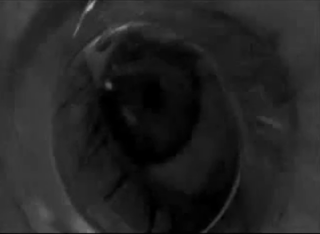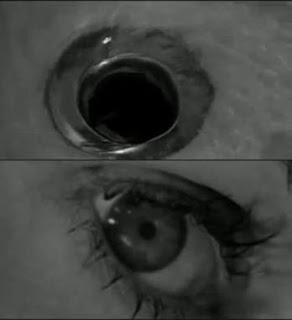Then we were told about some key words we would need to learn about:
Splicing: this is cutting shots of a film then putting it into the order you want it to be in.
Speed of Editing: This is how long each shot lasts. Speed can also determine the current mood in the film for example if it is a fast paced scene/shot it could be perceived as someone being in panic.
Style of Editing: This is how each shot is joined to the next one for example by blackouts or fades.
Then we watched to clips from Bourne Ultimatum (BU) and Sleepless in Seattle (SIS) and were told to count the shots in the one scene from both we all found that the escape scene had more shots than SIS which made the scene tense allowing us to determine that this was a chase scene and someone is in trouble or has done something wrong comparing this approach to Psycho and the shower scene found that the constant switching of shots in the shower scene also makes us tense and fearful for the character.
Style of editing
As we were told earlier Style of editing meant how each shot is pieced together with the next shot but we were given more vocabulary we may need in our written exams or for knowledge in general such as transition, which is the movement from one shot to the next.
With the main topic being transition we talked about straight cut and dissolve which also falls under that heading.
Straight cut: This is the most used transition as it is invisible it is not obvious to the viewer as it moves without drawing attention, in that case making the scene look professional rather than cheep.
Dissolve: This is a shot that dissolves into the other shot in turn this causes an effect that you can see both shots during the dissolve and this can be used to show connections or a subliminal message. For example below in the clip between 1:29 and 1:32.
Fading: This is gradually darkening or lightening the shot until the image becomes black or white, Fading emphasizes the end of a shot or the ending of the film or can show the passing of time.
Continuity Editing
Continuity Editing gives us a further understanding and it keeps the film realistic and chronologically realistic and in order this generates the feeling that time is moving forward. Continuity Editing may use Flashbacks, Flash forwards and linear narrative these all progress the film in a natural and realistic way.Preliminary Task:
In our preliminary task we will need to show our filming skills this includes: graphic match this is when two shots dissolve into each other that have an object of the same shape and size allowing it to flow together these can be done at two different angles.
We will also take another shot showing that the character is looking at something off screen then take another shot that is zoomed in to the object they are looking at.
Match on action - We see a character start an action in one shot and then see then continue it in the next scene.
Graphic match- The film can choose to place shots in a certain order to create a smooth visual transfer from one frame to another, when two consecutive shots are matched in terms of the way they look for example, in Psycho the shower scene Marion's eye and the shower plug look similar and has been made into a graphic match.

 The 180-degree rule- The 180 degree rule is a guideline that states that two characters (or other elements) in the same scene should always have the same left/right relationship in each other. If the camera passes over the imaginary axis connecting the two characters/subjects, it is called crossing the line.
The 180-degree rule- The 180 degree rule is a guideline that states that two characters (or other elements) in the same scene should always have the same left/right relationship in each other. If the camera passes over the imaginary axis connecting the two characters/subjects, it is called crossing the line. When editing a conversation you have to start with a master shot, a master shot is a shot when you can see all the people in the conversation and then when you want individual shots of different characters you can go into single shots which is called a cut away shot but also we need to consider that you don't always have to see the person currently talking this links into the effects we can use.
Story boarding :
^ This is a template of a storyboard ^ This is an actual storyboard
A pointer when story boarding is that each shot is one of the boxes and if you want to differentiate between characters story boarding normally uses the type of hair the characters have and what way they are facing.
No comments:
Post a Comment